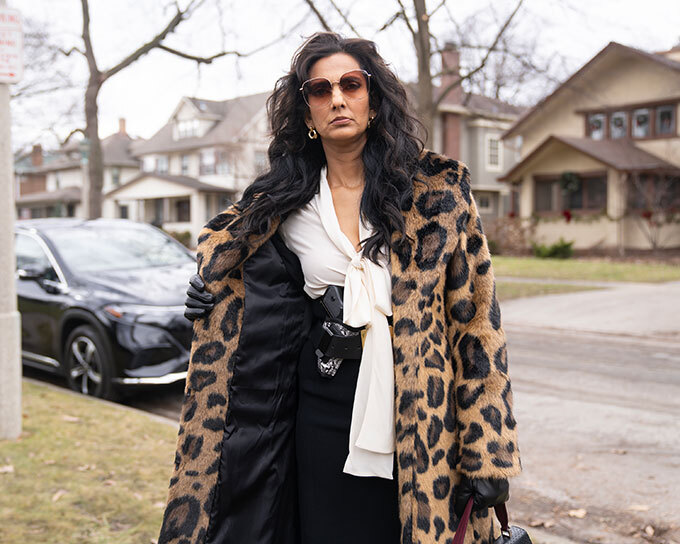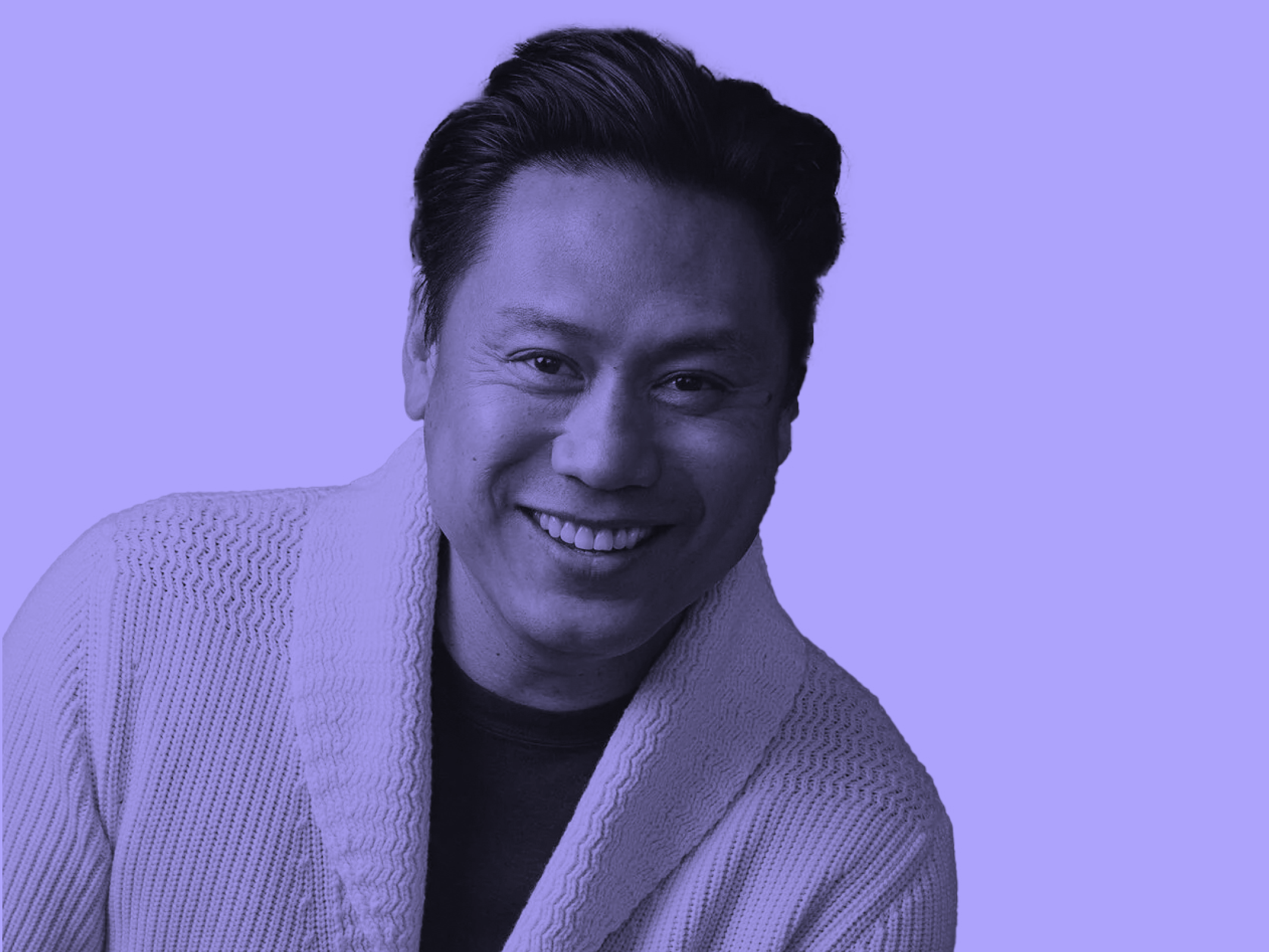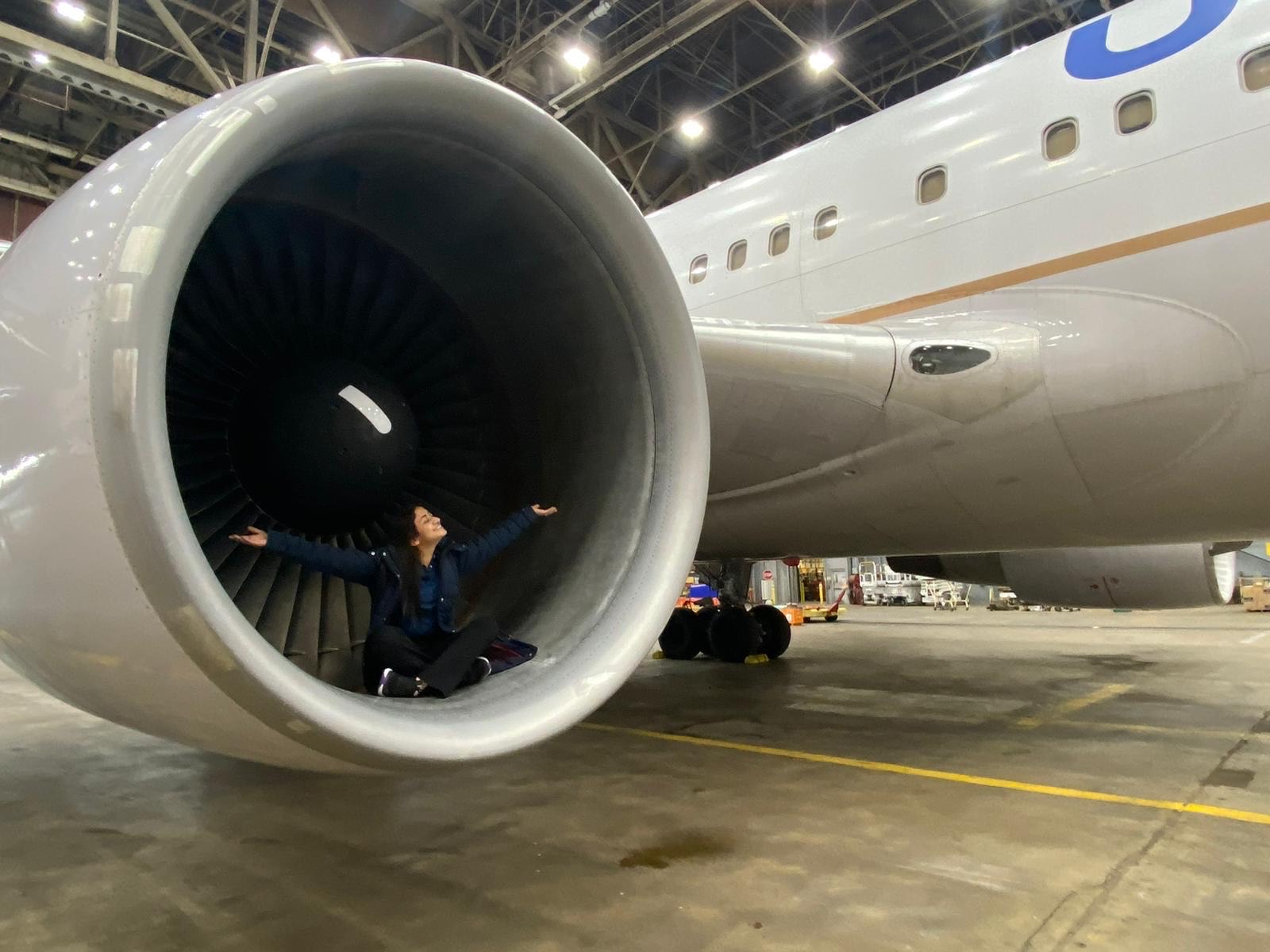
April 13, 2006
The International Symbol for Man Tells All
Previously unpublished production still from The Day the Earth Stood Still, 1951
He’s been many things: movie stand-in, commercial director and, most prominently, the international symbol for man. Recently, we had an opportunity to meet and chat.
Q: You were created in the mid-1970’s, isn’t that correct?
A: Well, “created” makes it sound like I had no life prior to that, or that the designers were some sort of Svengali-like people.
Q: So, what was your life like before then?
A: I was roaming the country, trying to find work. It’s hard to hitchhike with these. [Holds up hands.] Opposable thumbs? Man, what I would give for those. Anyways, I had some bit parts in movies, usually stand-ins for the stars. I was Gort’s stand-in for “The Day The Earth Stood Still”. And, I did some of the stunts for Sta-Puft in “Ghostbusters.”
Q: Any stories to tell of old Hollywood?
A: Oh, Michael Rennie was a complete gentleman. And Gort was a cutup. I remember one time Hugh Marlowe was leaving the set. He got in his brand new Cadillac and Gort said, “Watch this!” As Mr. Marlowe drove away, Gort used his death ray and disintegrated the car. Mr. Marlowe ends up sitting on the pavement, his hands out like he’s holding a steering wheel…precious! Another time, Patricia [Neal] told me she was going to meet the queen of England and that she didn’t know what to do. I said, Patricia, kneel.” We laughed for weeks. So, like I said, I existed before the DOT [U.S. Department of Transportation] signs.
Q: How did that meeting with the designers come about?
A: Ironically, I was in New York, leaving a men’s room and several designers were entering. If I remember right, it was Seymour Chwast, Tommy Geismar and Massimo Vignelli. I held the door for them and it was almost like I saw the light bulb go off over their heads. We had dinner, talked for hours. By the end of the night, it was like we’d known each other forever. You might want to call them for a logo. I hear they do some nice stuff.
Q: You are quite versatile. What other attributes do you bring to your work?
A: Thank you, I appreciate that. I’ve always been active. It’s been a challenge, trying to balance this head on little round feet. But, through perseverance, I did lots of outdoor activities. Originally, they wanted to use me as just some sort of icon, you know — here, identify the men’s room. I said that I’m much more than that. I told them that, despite our initial meeting, not much good comes from hanging out at men’s rooms. I mean, look at George Michael. So they had me do some other activities like “crosswalk.” Later on, I did some work with the National Park Service and then I really got to shine — “bike riding,” “archery,” “swimming.” It’s very hard to be expressive when your face has no features. Sometimes people don’t even know if I’m facing them or looking the other way.
Q: How do you compensate?
A: It’s all body gestures. The crook of an arm. The bend of a knee. It can all say so much. I spent a summer studying under Marcel Marceau.
Q: That must have been very interesting.
A: Well, yeah. But the guy wouldn’t shut up. I couldn’t get a word in edgewise. I was feeling boxed in so that’s when I left for Hollywood.
Q: Is it hard or distracting to be so iconic?
A: My wife, Popsicle Stick Lady, doesn’t see me as being “iconic” or even the international symbol for man. One time she said that honor should go to Brad Pitt. My reply? Well, let’s just say it became a very quiet dinner at the restaurant.
Q: What else have you been working on?
A: Through my kids I got interested in video games. I actually pitched the idea for Pac Man and Ms. Pac Man. Didn’t make much money, but kids still like to hear me go “wocka, wocka, wocka.” Jack in the Box and I are actually first cousins. At family reunions, his mom and mine would get together and compare stories about tough labor was because of us. OK, Mom, Aunt Betty…Jeez, we get it. Anyways, I’ve directed Jack in some commercials. Oh, and those McDonalds “Mac Tonight” TV spots? Those were mine, too.
For many years I was representing SEGD as their mascot but was retired last year. Not my best time, but I make do. It’s painful to admit, I was not the nicest guy to be around for a while. Then I realized I needed something to fill up my time, so I tried my hand at knitting. But the needle and yarn — it was all so hard to grasp. Now I just crochet.
I’m in talks with Fox to do a reality show: “Who Wants to be The Next International Symbol for Man.” And it looks like I’ve got some new work. An organization called Hablamos Juntos is using me to develop medical symbols. That’s a tough field to crack. I got to be a surgeon, a translator, a social worker. It’s just now being introduced to the public, and it was very exciting. I did draw the line at urology. Despite my appearance, I don’t do nudity.
I must say, I’ve had a fulfilling life. I represent man, for gosh sakes. And I think I’ve helped make the world better appreciate bald men — Jim Gandolfini, you can thank me later.
Oh, and one final thing. Wash your hands after using the bathroom. I’m there. I’m watching. I know.
Jim Bolek is a senior designer for JRC Design, an environmental graphic design firm in Phoenix, Arizona. He recently led a team of designers to develop a standard set of symbols for the health care industry. He also plays banjo and dobro in bluegrass trio The Roof Rats. This interview appeared first in Messages, the newsletter of the Society for Environmental Graphic Design.
Conventional wisdom has long held that the 1974 U.S. Department of Transportation Symbol Signs program was supervised by an AIGA committee consisting of Thomas Geismar, Seymour Chwast, Rudolph de Harak, John Lees and Massimo Vignelli. The symbols, including those for bathrooms, were designed by Roger Cook and Don Shanosky.
Observed
View all
Observed
By Jim Bolek
Related Posts

Arts + Culture
Alexis Haut|Interviews
Beauty queenpin: ‘Deli Boys’ makeup head Nesrin Ismail on cosmetics as masks and mirrors

Design Juice
Rachel Paese|Interviews
A quieter place: Sound designer Eddie Gandelman on composing a future that allows us to hear ourselves think

Design of Business | Business of Design
Ellen McGirt|Audio
Making Space: Jon M. Chu on Designing Your Own Path

Design Juice
Delaney Rebernik|Interviews
Runway modeler: Airport architect Sameedha Mahajan on sending ever-more people skyward
Related Posts

Arts + Culture
Alexis Haut|Interviews
Beauty queenpin: ‘Deli Boys’ makeup head Nesrin Ismail on cosmetics as masks and mirrors

Design Juice
Rachel Paese|Interviews
A quieter place: Sound designer Eddie Gandelman on composing a future that allows us to hear ourselves think

Design of Business | Business of Design
Ellen McGirt|Audio
Making Space: Jon M. Chu on Designing Your Own Path

Design Juice
Delaney Rebernik|Interviews
